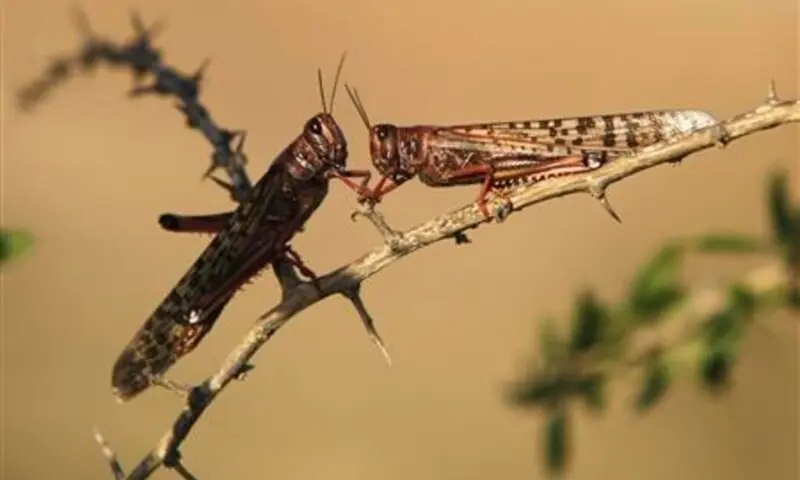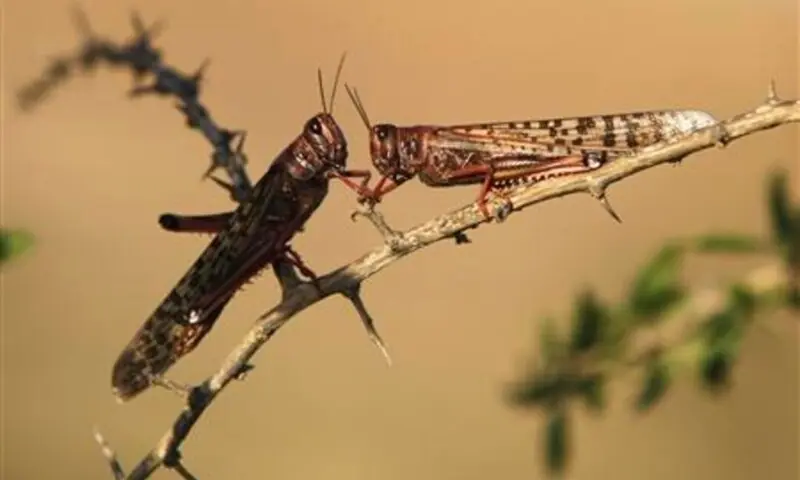Islamabad: The United Nations Food and Agriculture Organization (FAO) cited subseasonal models, despite the withdrawal of the monsoon, in late September, the Indian-Pakistan border was higher than normal rainfall.
According to the FAO report on seasonal precipitation in summer and winter breeding areas of desert locusts from October 2025 to March 2026, conditions are expected to become drier in November and December, with normal rainfall expected in January.
The report said spring breeding areas on the southeastern coast of Iran and southwestern Pakistan are expected to be obtained from normal rainfall in February and March.
FAO notes that very small summer breeding may continue along the India-Pakistan border in October, but is expected to end in November. These rainfall patterns will also support locust breeding in the northern Sahel and northern Sudan and Sudan in September and early October. Breeding is expected to decrease in November, but may intensify again from December to March.
The latest seasonal precipitation forecasts for the world climate service cover the spring, summer and winter breeding areas of desert locusts.
The report said that in late September, the northern Sahel, southern Arab peninsula and the India-Pakistan border are expected to undergo above normal rainfall in late September and may continue until early October on the West Africa and the India-Pakistan border.
Due to negative Indian Ocean dipole, dry trends are expected in most areas in October and November.
Posted at Dawn on September 22, 2025



